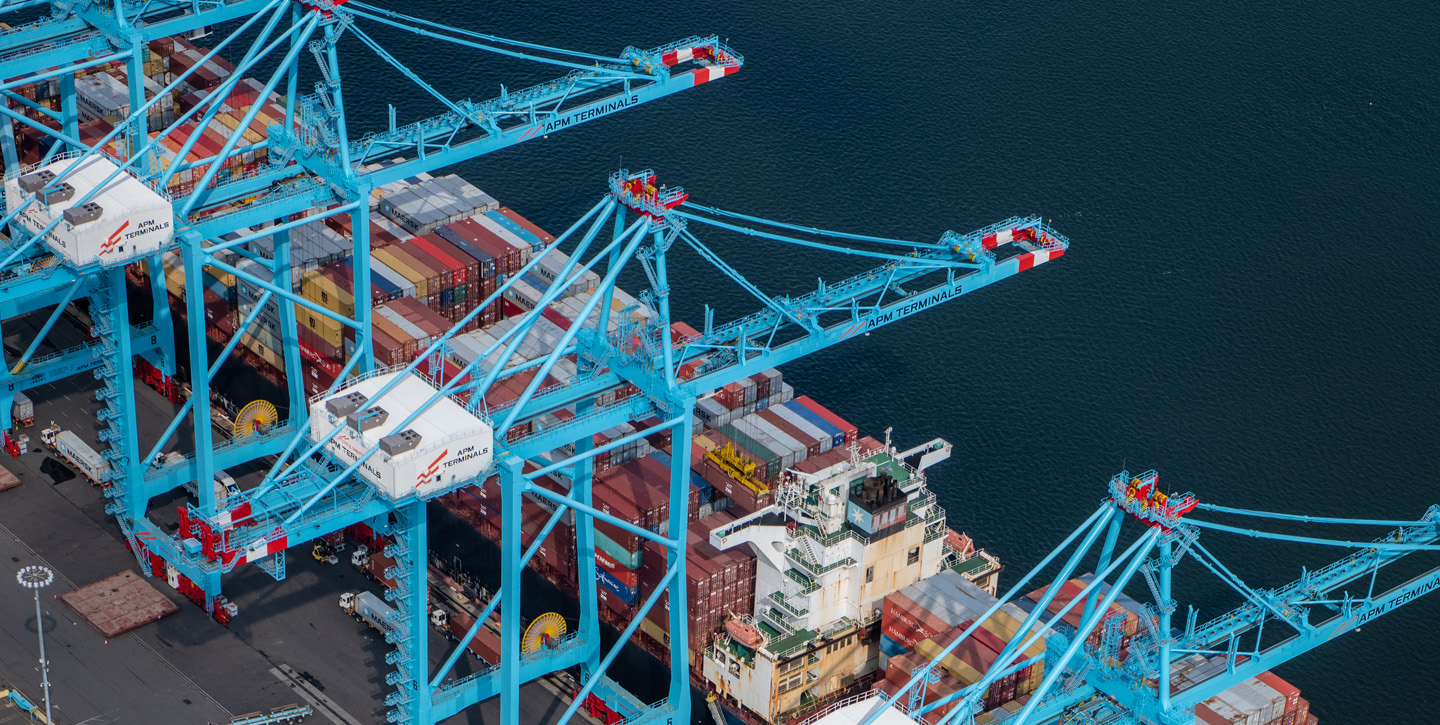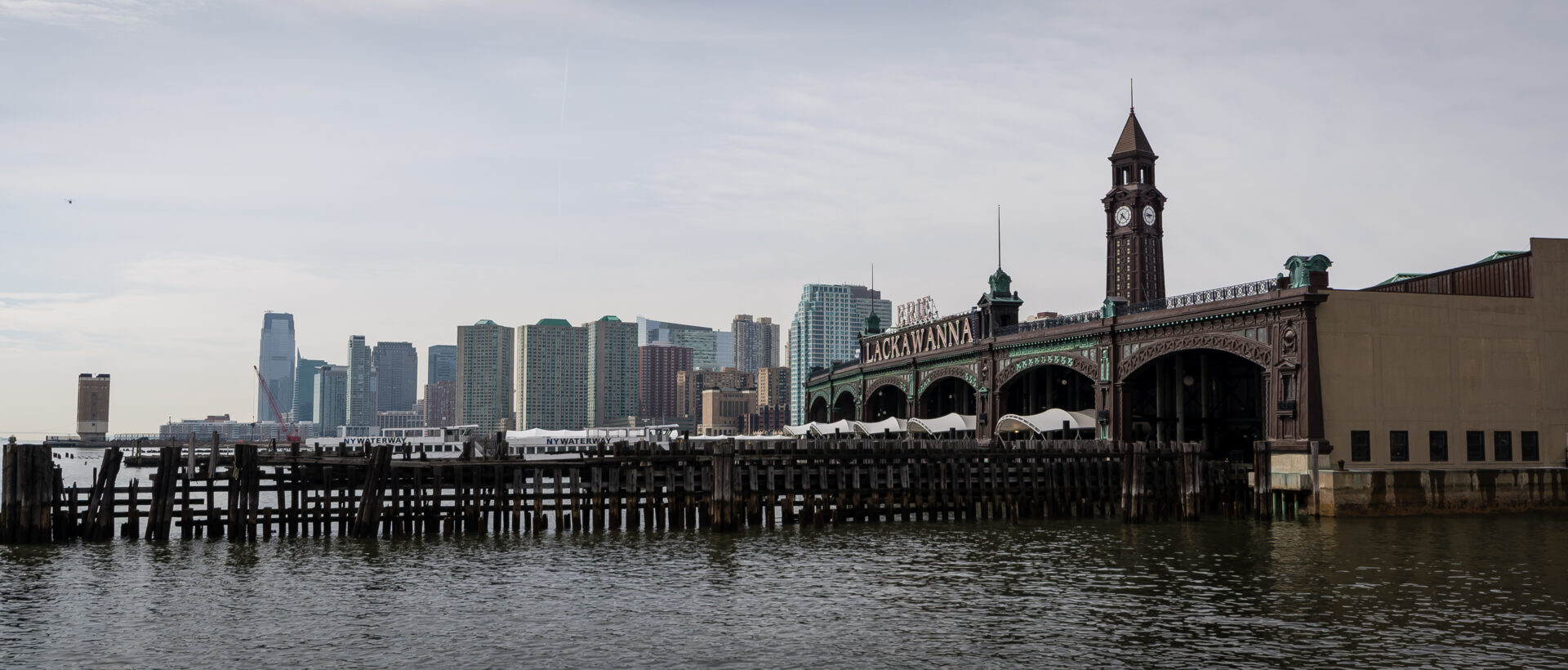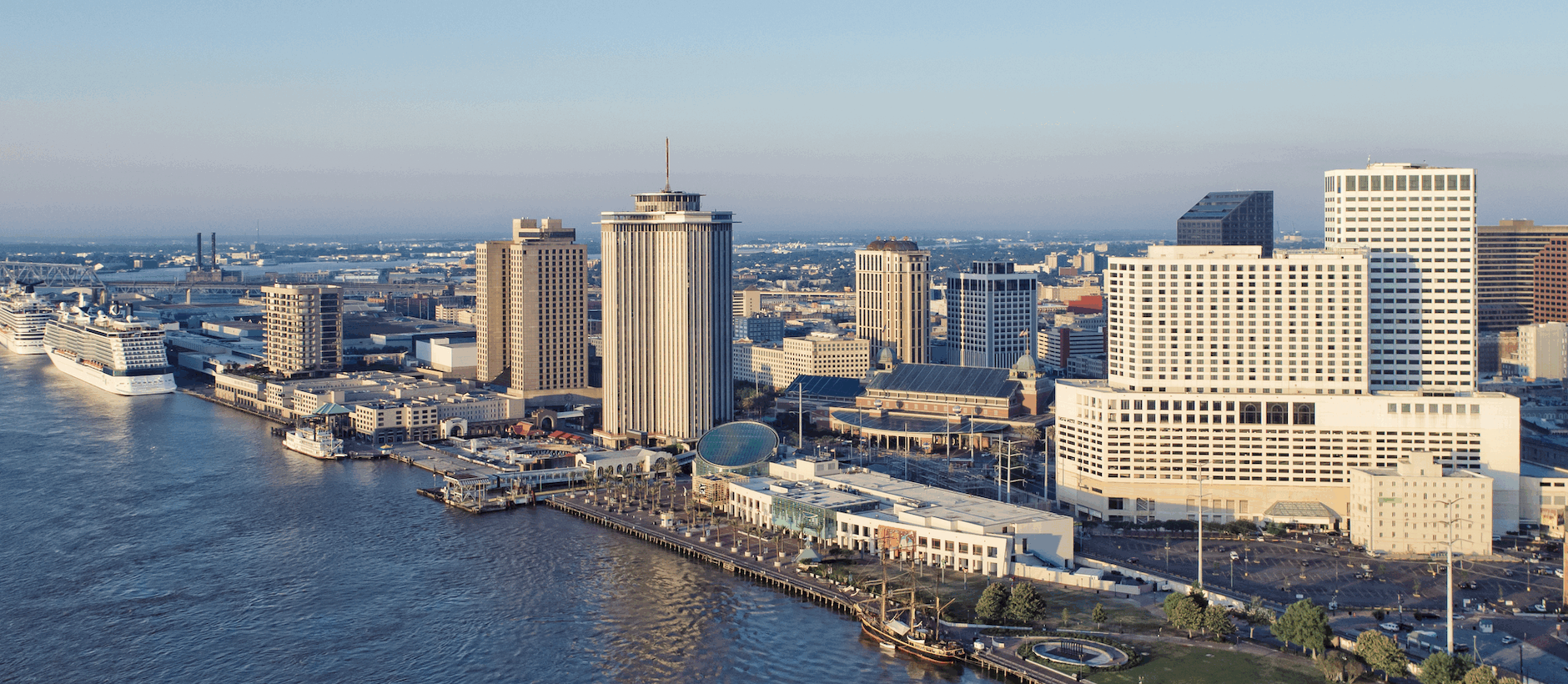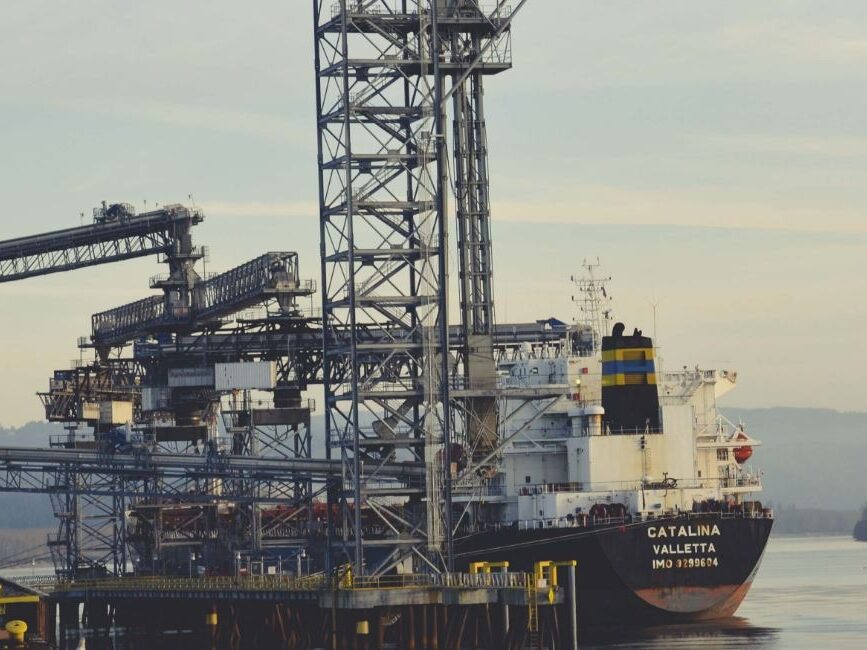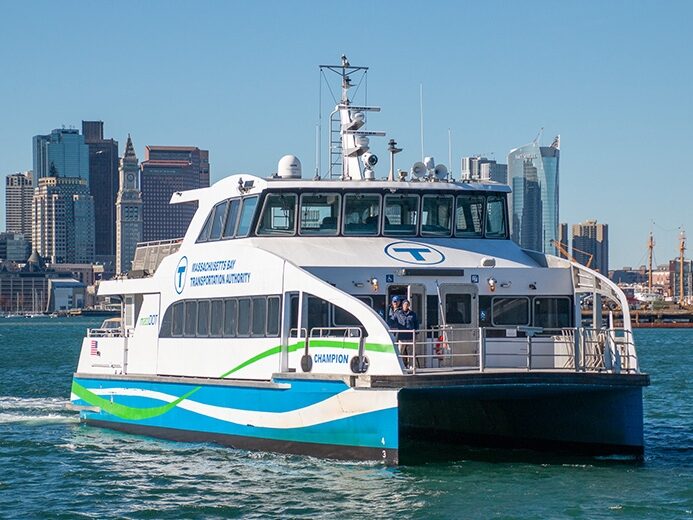The New York City Economic Development Corporation (NYCEDC) has released a detailed Master Plan for the renewal of the Manhattan Cruise Terminal (MCT), outlining proposals for updated infrastructure, reduced emissions, and new public amenities along the Hudson River waterfront.
The plan follows a year of consultation with local residents, community groups, and industry representatives.
The Manhattan and Brooklyn cruise terminals together welcomed around 1.5 million passengers in 2024. Cruise activity is estimated to have generated roughly 500 million USD in economic activity and supported close to 3,000 jobs across sectors including hospitality, retail, and transport.
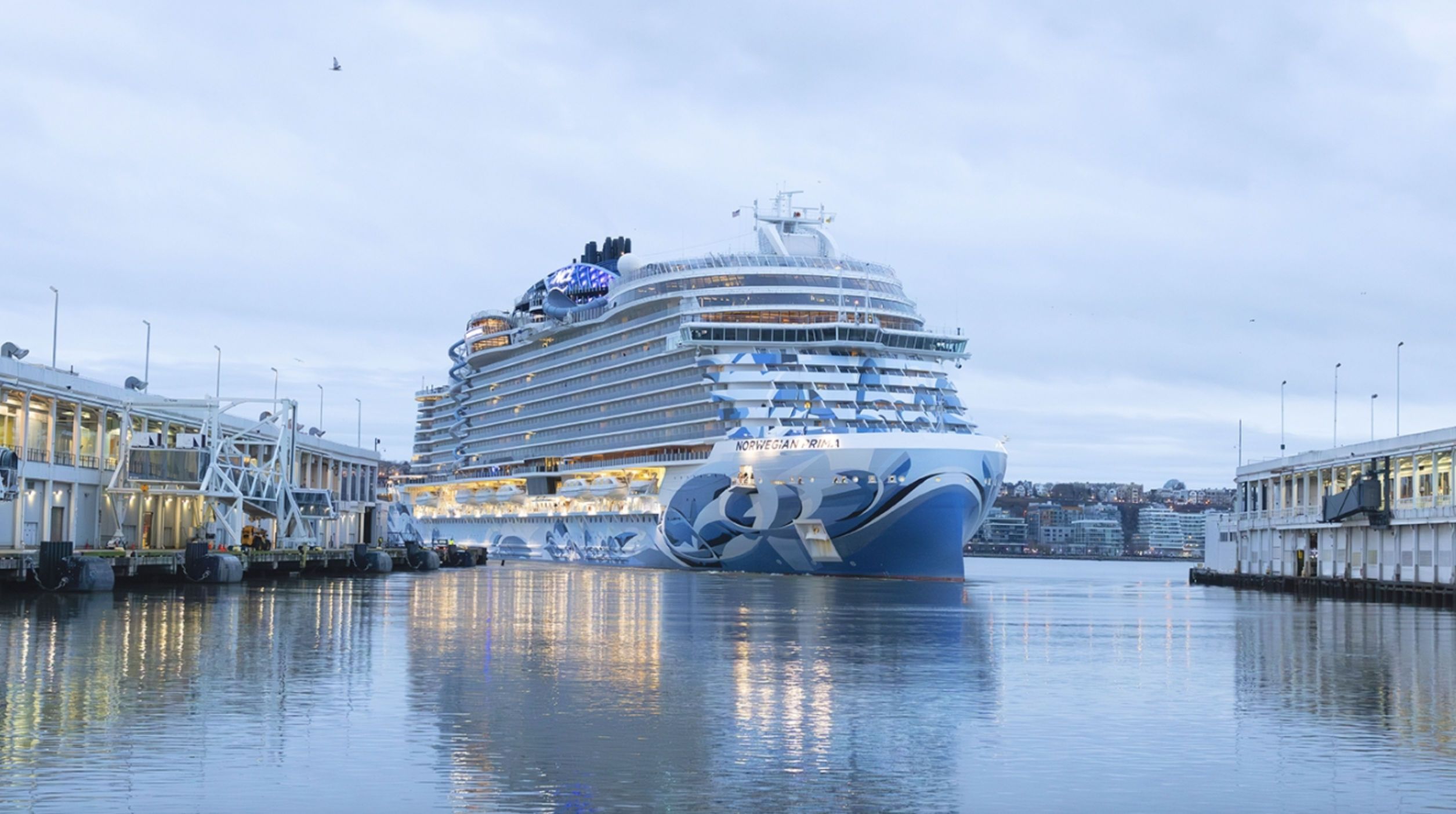
The Master Plan calls for the full replacement of piers and facilities that date back nearly 90 years. A single, expanded terminal structure would allow the site to manage larger vessels, including the ability to berth up to two ships carrying approximately 8,000 passengers each, alongside a third ship of around 6,000 passengers. Redevelopment would take place in phases to maintain cruise operations throughout construction.
City officials describe the project as an opportunity to align a long-standing maritime facility with present-day industry needs while improving the immediate environment for surrounding neighbourhoods.
NYCEDC President & CEO Andrew Kimball said:The Manhattan Cruise Terminal Master Plan is a bold, forward-looking vision that will redefine the future of cruising in New York City. By modernising and electrifying the terminal, this plan will meet urgent industry demands, grow economic impact and tax revenue for the City, and deliver on the community’s longstanding goals for a safer, more sustainable terminal with public access to the waterfront.
A central feature of the plan is a commitment to electrification. NYCEDC has set aside an initial 20 million USD for shore power at MCT, enabling ships to connect to the city’s electrical grid and switch off engines while docked. Tugboats and other harbour vessels would also be able to use shore power for charging, supporting the industry’s move toward hybrid and electric propulsion.
What’s more, the terminal will be raised to meet current flood-resilience standards and will incorporate renewable energy technologies where feasible, including solar panels and thermal-exchange systems drawing from the Hudson River.
These proposals build on recent improvements at the Brooklyn Cruise Terminal, where enhanced shore-power infrastructure was announced earlier this month.
Beyond cruise operations, the Master Plan positions MCT as a multi-purpose waterfront hub. A new “Blue Highways” landing would support waterborne freight distribution aimed at reducing road-based goods movement. Space for a potential ferry stop is also included, which would expand passenger transport options along the Hudson River.
These elements form part of New York City’s broader programme to strengthen maritime logistics, known as the Blue Highways Action Plan. Recent steps in this programme include new pilot freight routes, a redesigned Hunts Point Marine Terminal, and progress toward a fully electric Brooklyn Marine Terminal.
Deputy Mayor for Housing, Economic Development, and Workforce Adolfo Carrión Jr. said:The Manhattan Cruise Terminal Master Plan lays out a bold roadmap for a cleaner, more modern, and more connected waterfront. This vision gives us a path to reduce emissions, strengthen our maritime economy, and deliver long-requested quality-of-life improvements for West Side communities. It’s a smart blueprint for the Harbor of the Future.
Public realm improvements are also a prominent part of the redevelopment. The plan proposes new pedestrian and cycling routes, widened pavements, and safer road crossings. A new pedestrian bridge is intended to connect the terminal area with DeWitt Clinton Park, improving north–south mobility without requiring people to cross the West Side Highway at street level.
Public spaces such as promenades, terraces, and small plazas would be created along the waterfront, providing new views and step-free links to Hudson River Park. NYCEDC states that it will continue to consult with residents and local organisations as designs progress.





